Larks Head Extension
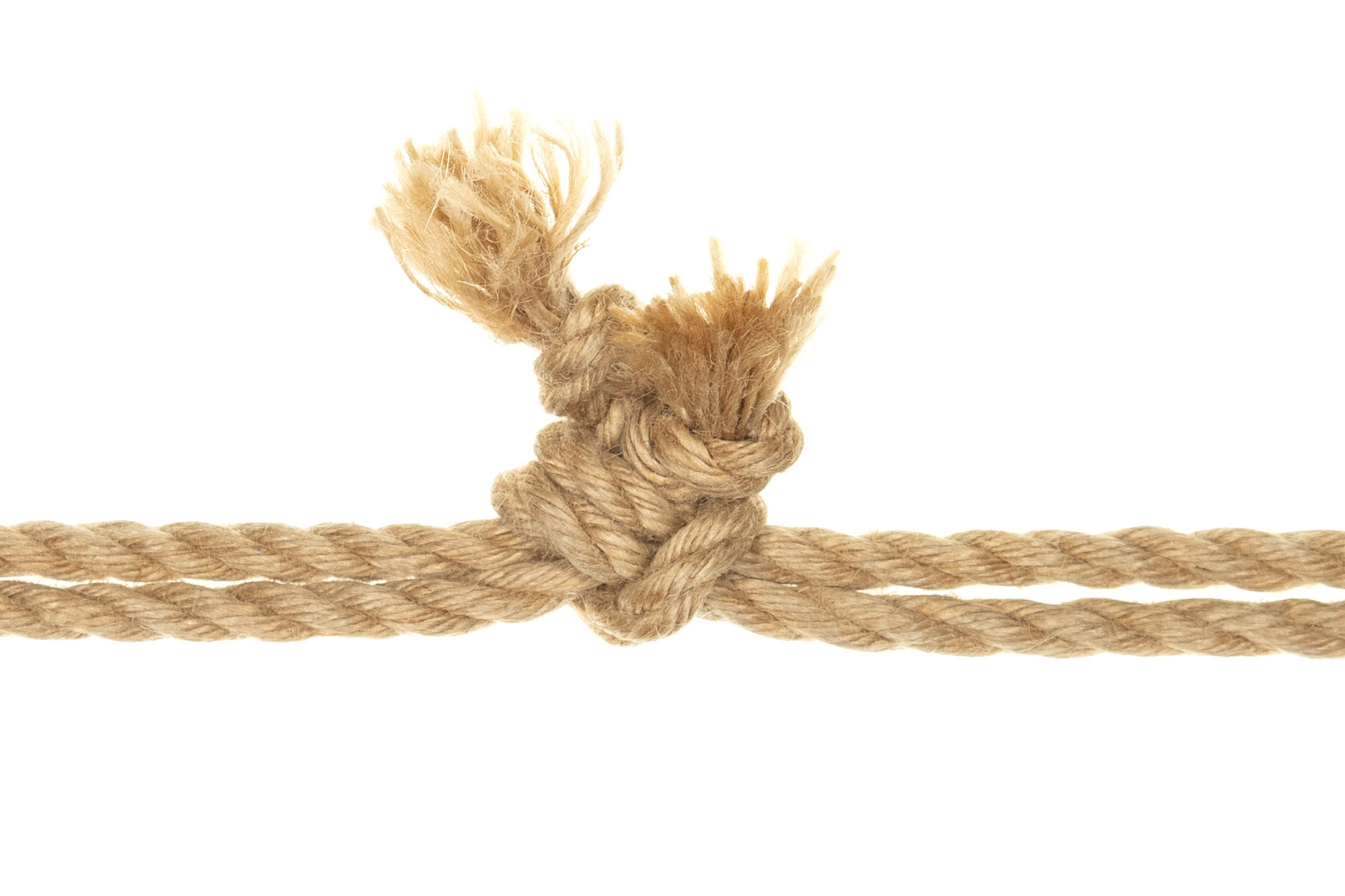
The lark’s head extension is the most common way to join rope in Japanese-inspired bondage. It only works if your ropes have knotted ends.
This extension works best if your ends are even. If not, you can tie it anyway and find a way to tuck the longer end.
If your rope doesn’t have knotted ends, you’ll need to use the square knot extension or the sheet bend extension.
Step by step
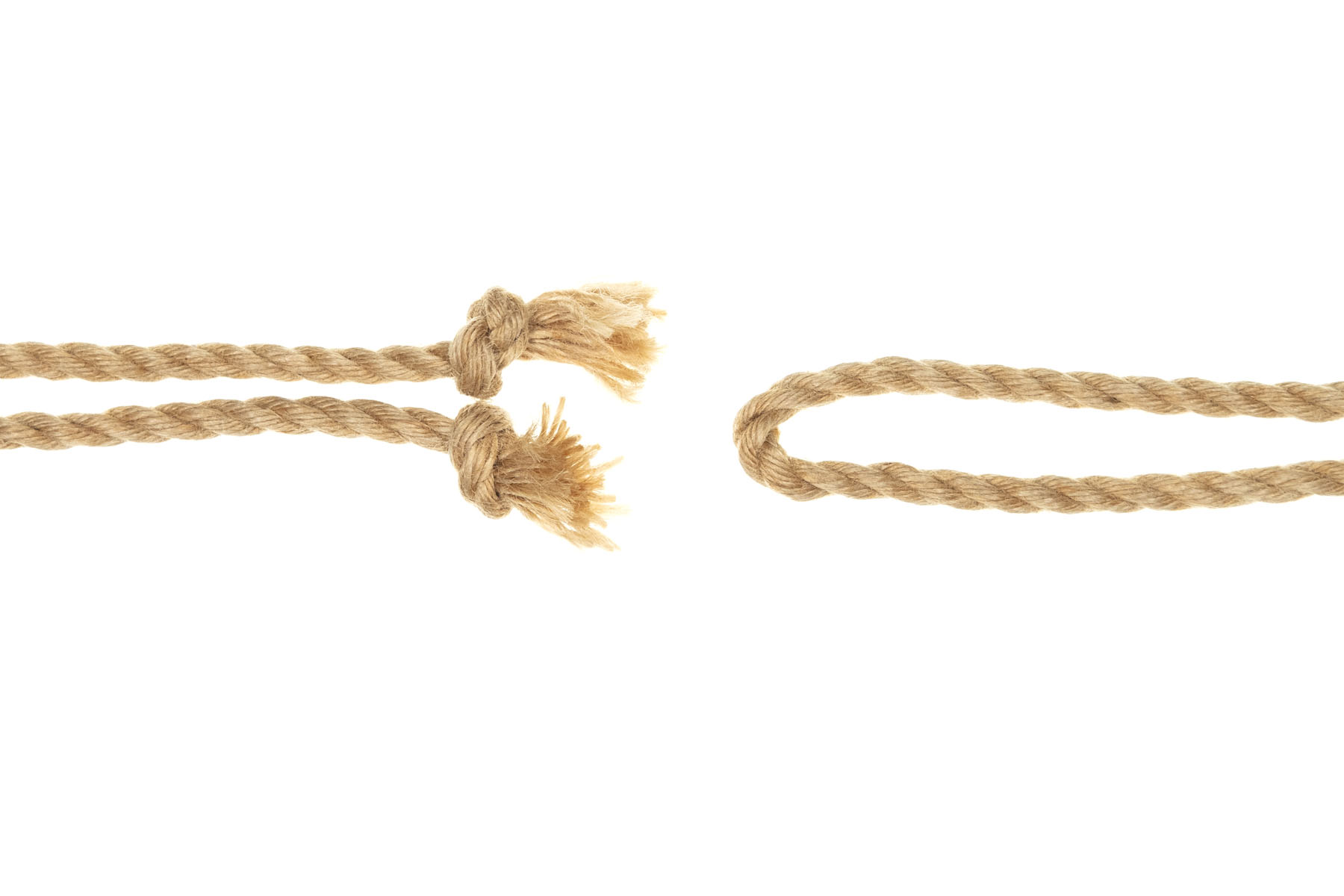
1We’re going to extend the rope on the left with the rope on the right.
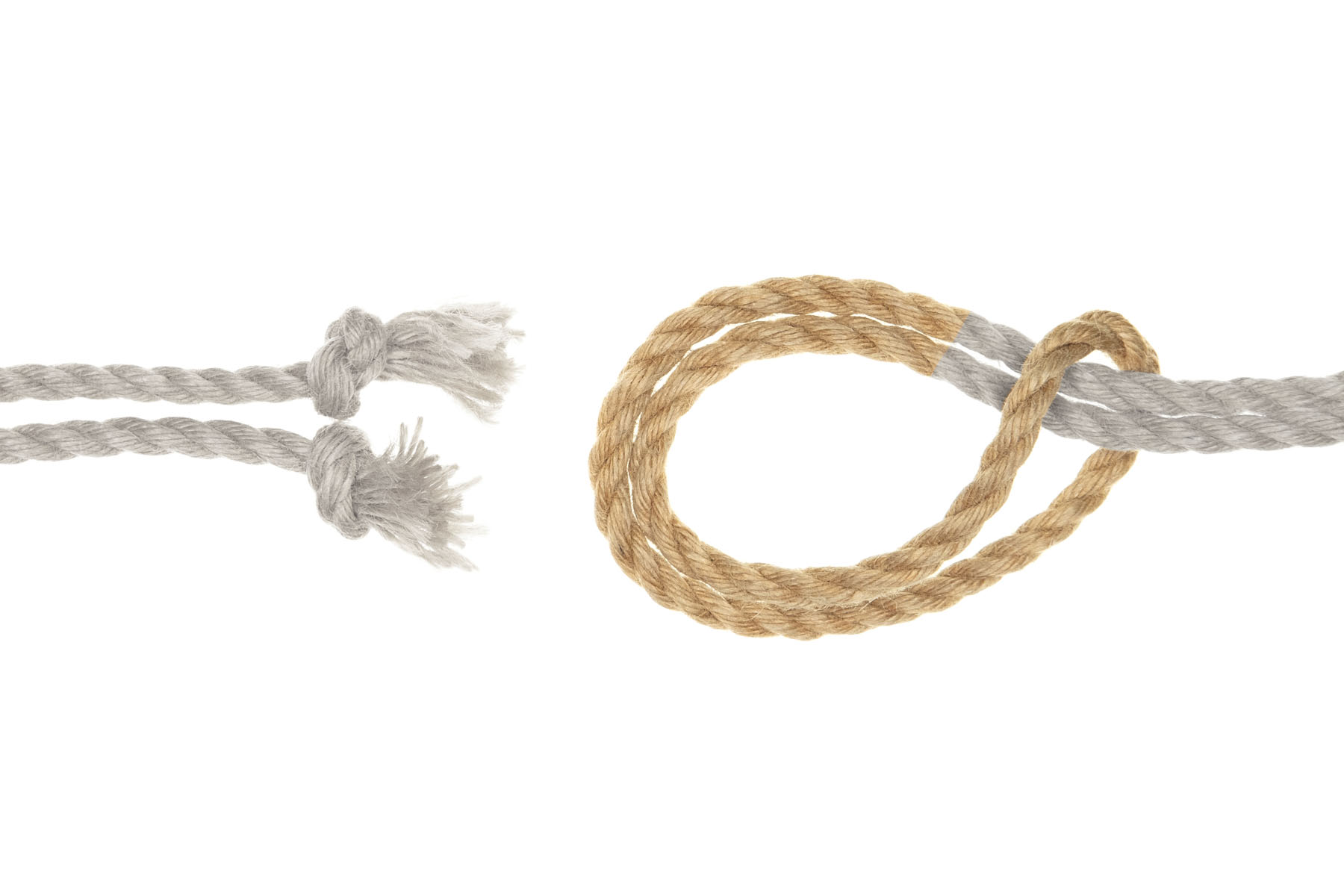
2Make a lark’s head in the new rope.
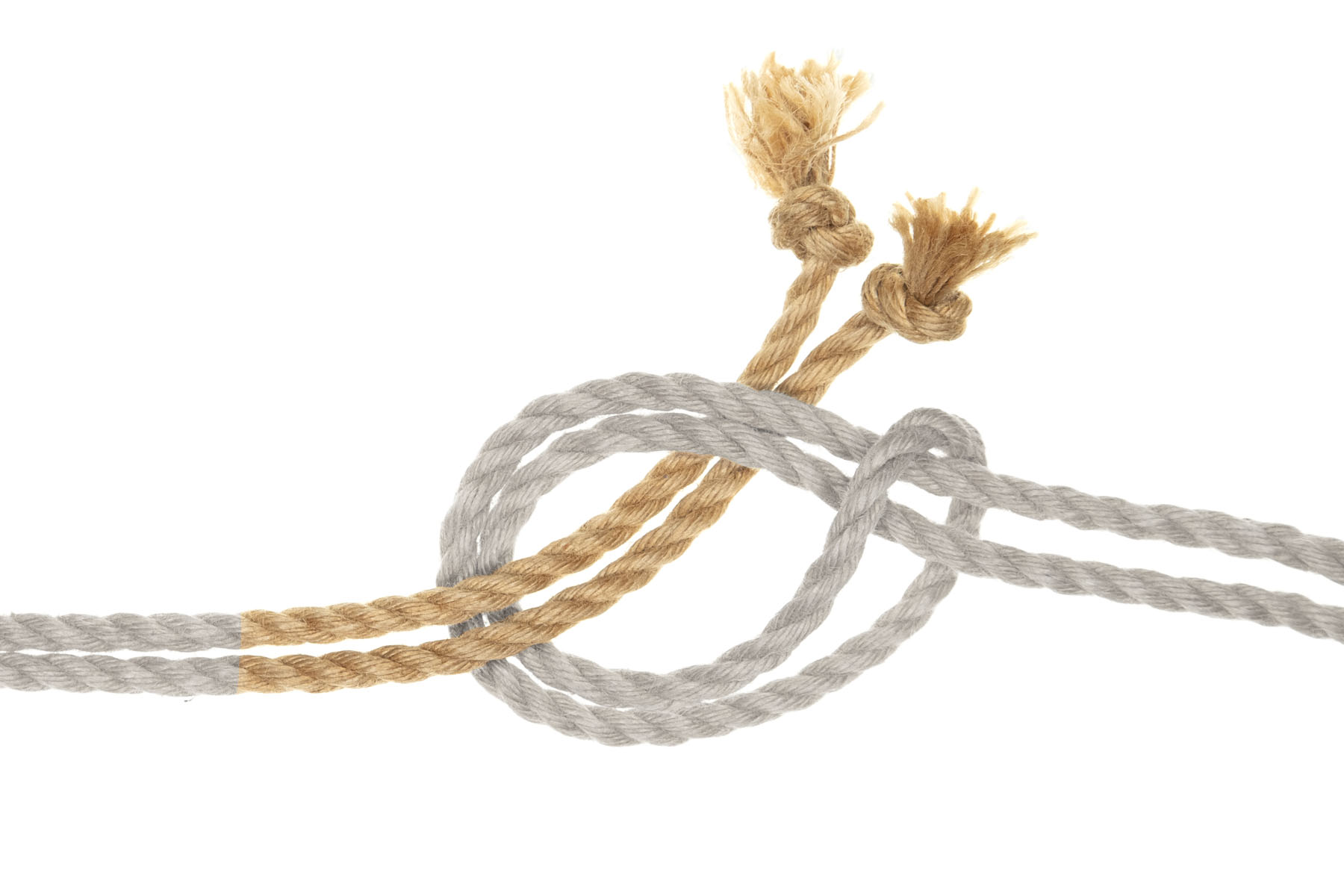
3Pass the ends through the lark’s head.
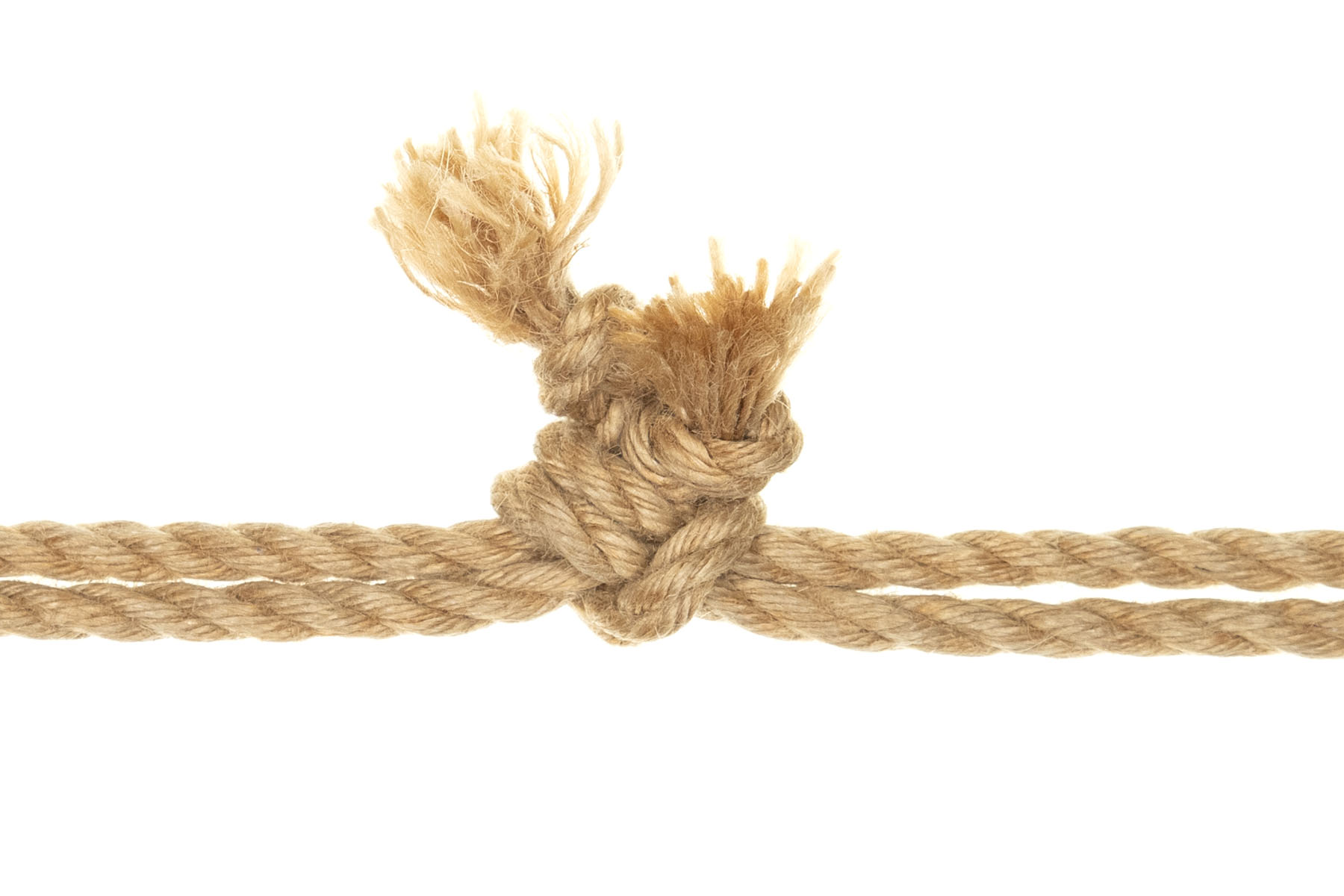
4Snug the lark’s head and jam it against the rope ends.
Notes for nerds
References and naming
This knot doesn’t appear in ABOK.
This is just a lark’s head (ABOK 1673) tied around the tails of the rope.
Some people mistakenly refer to the square knot extension as a lark’s head extension because it uses a lark’s head during the tying process.